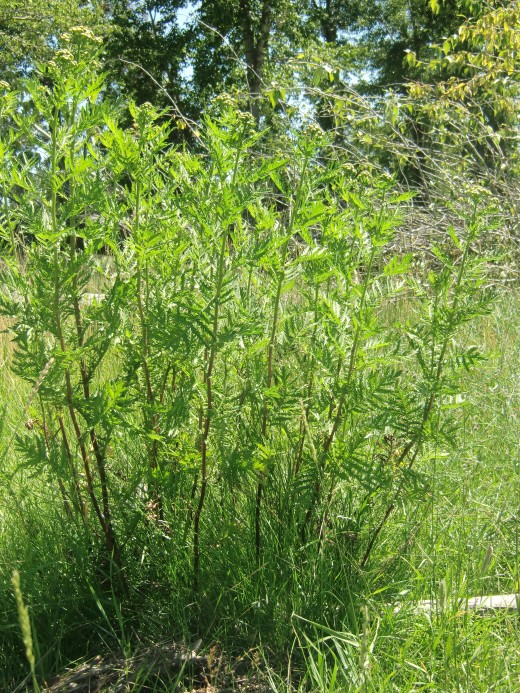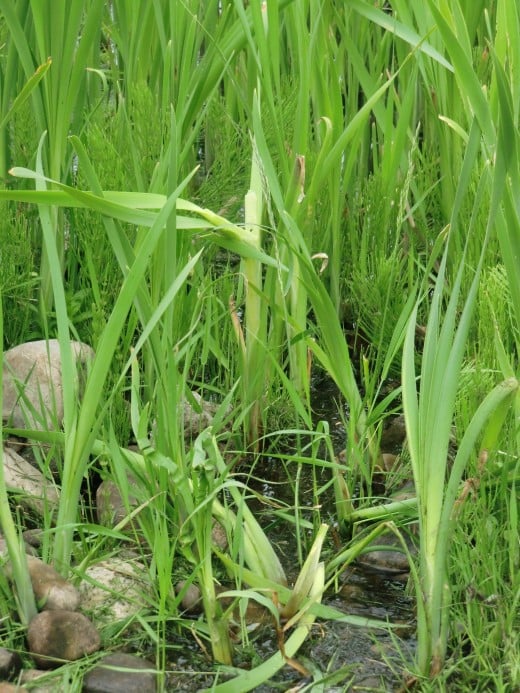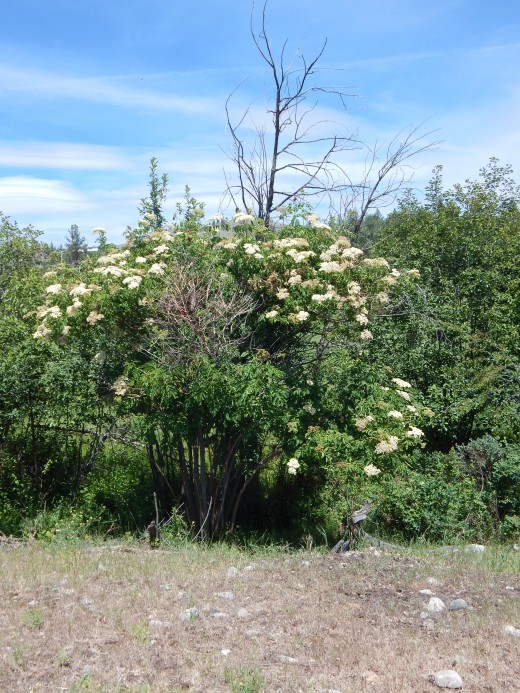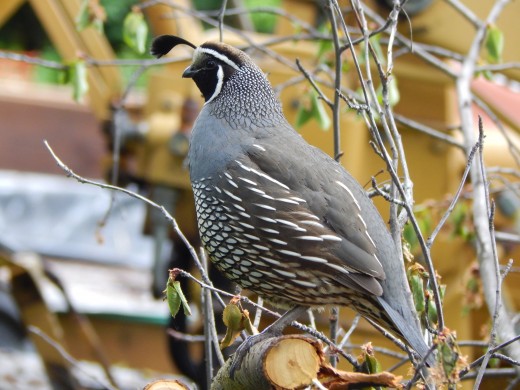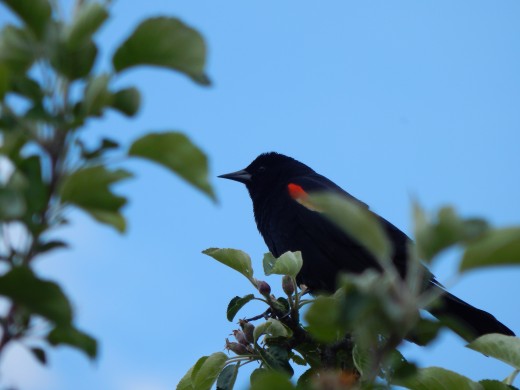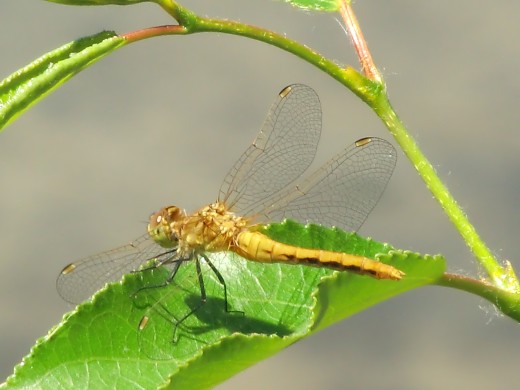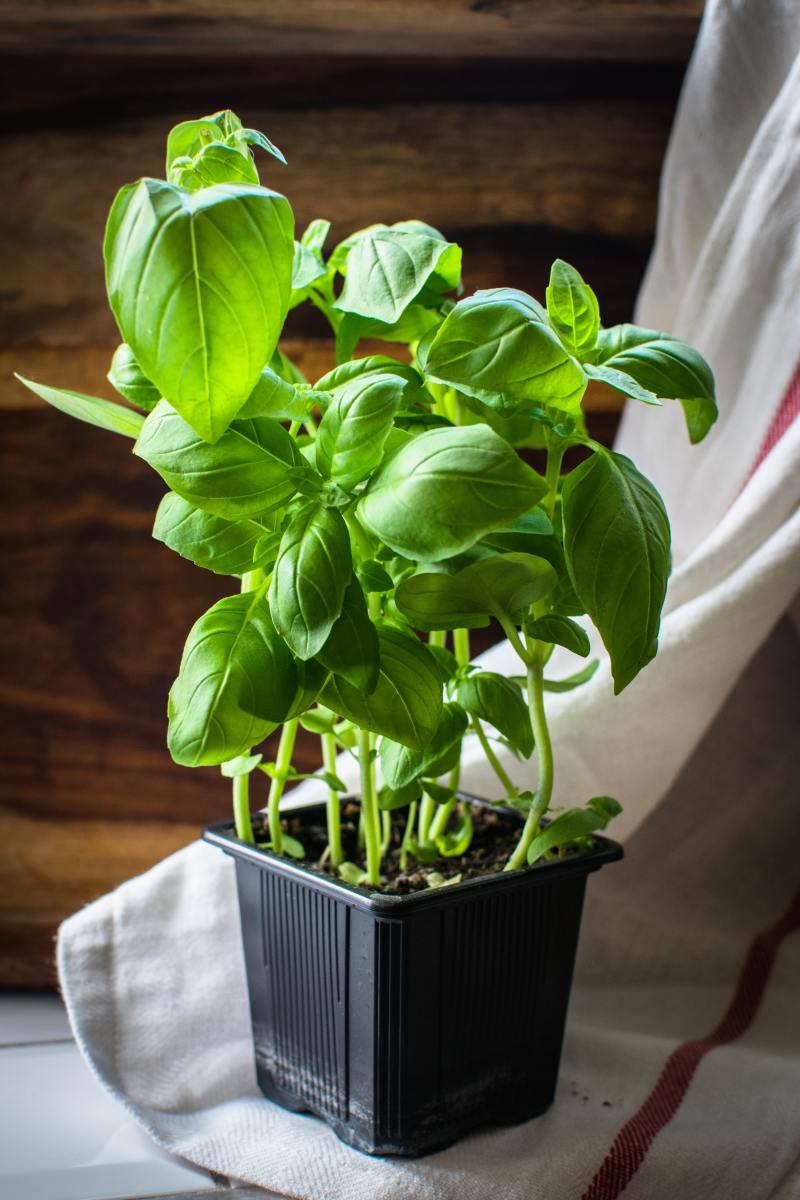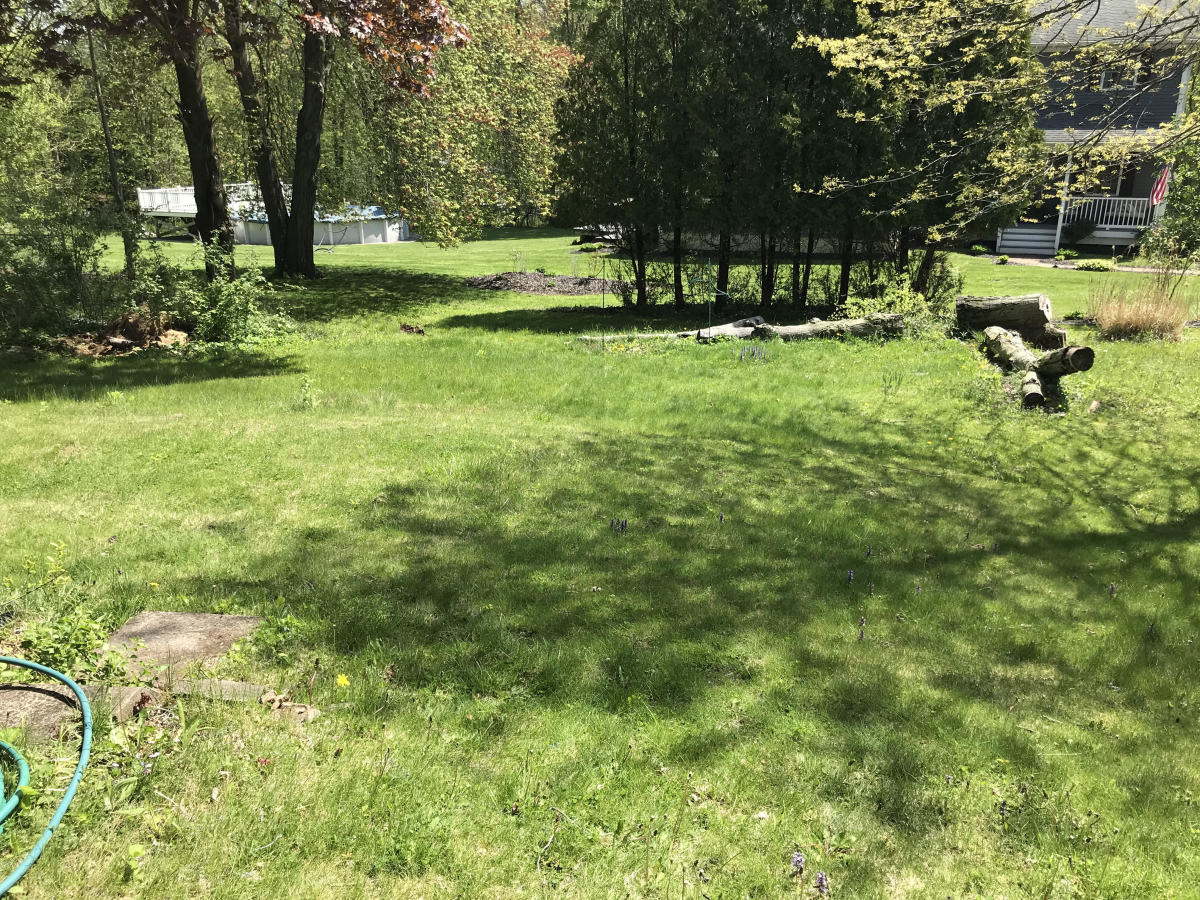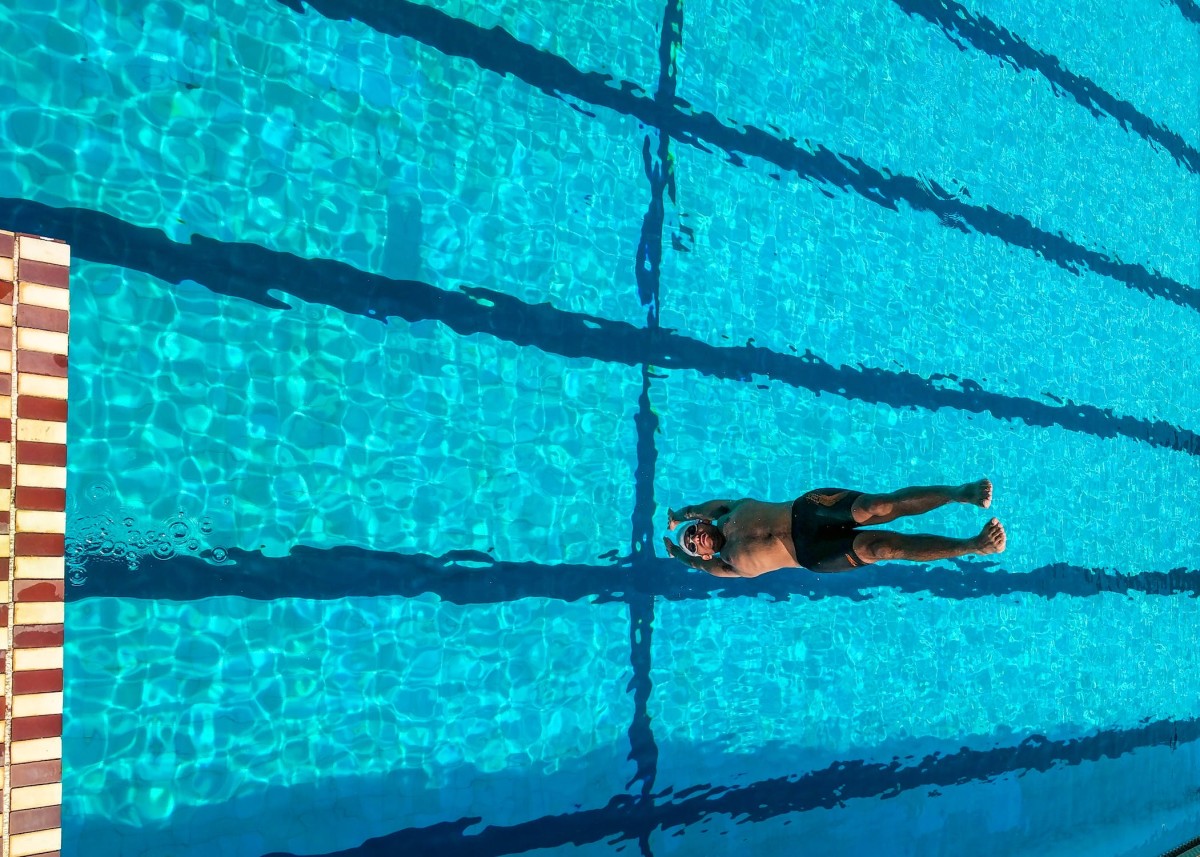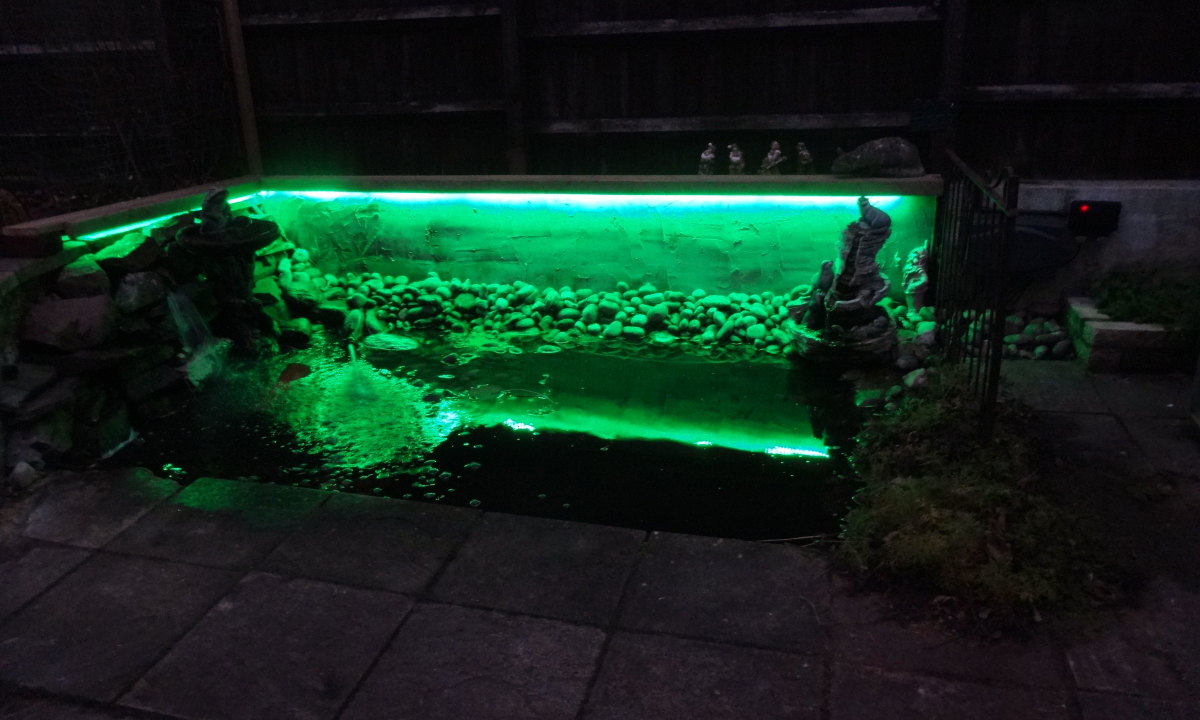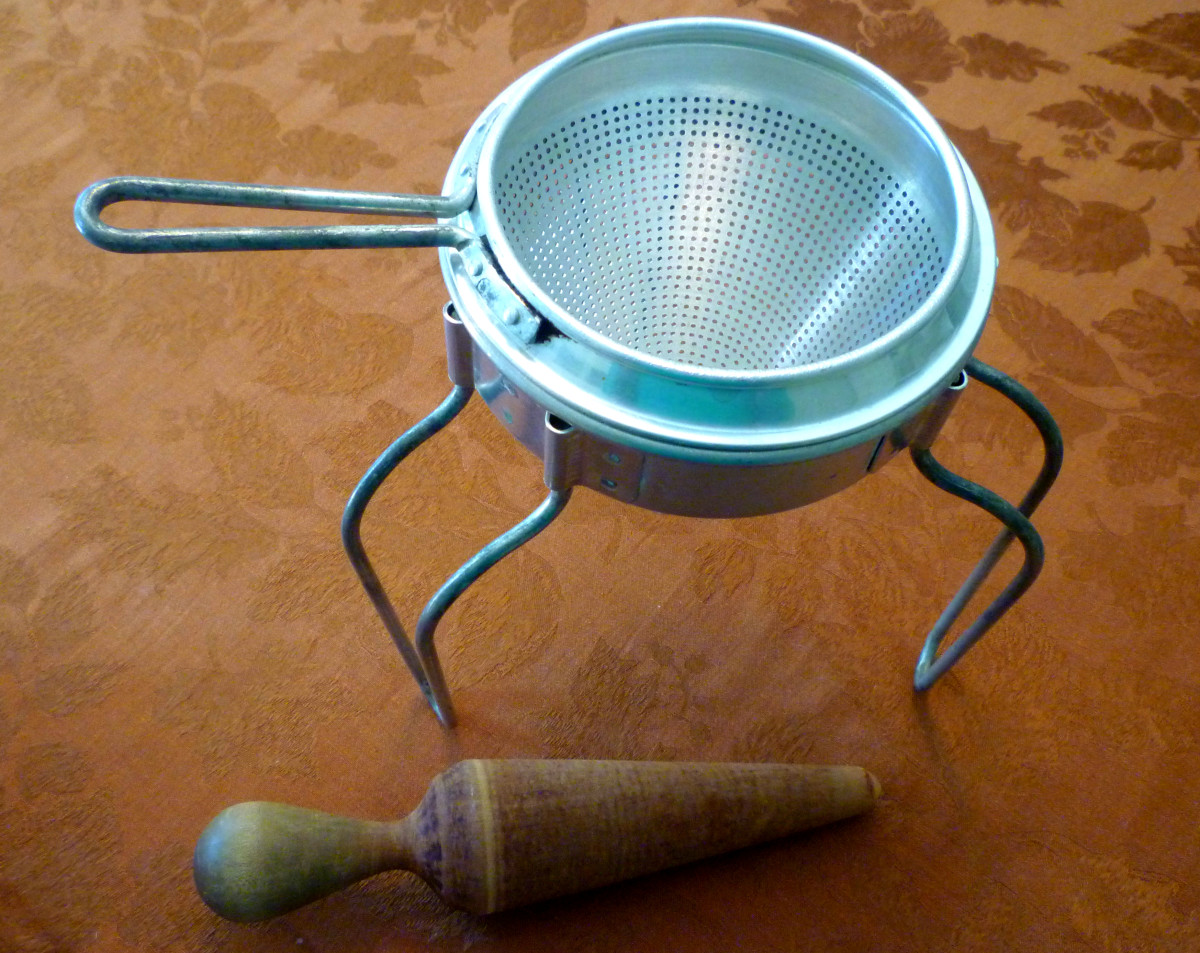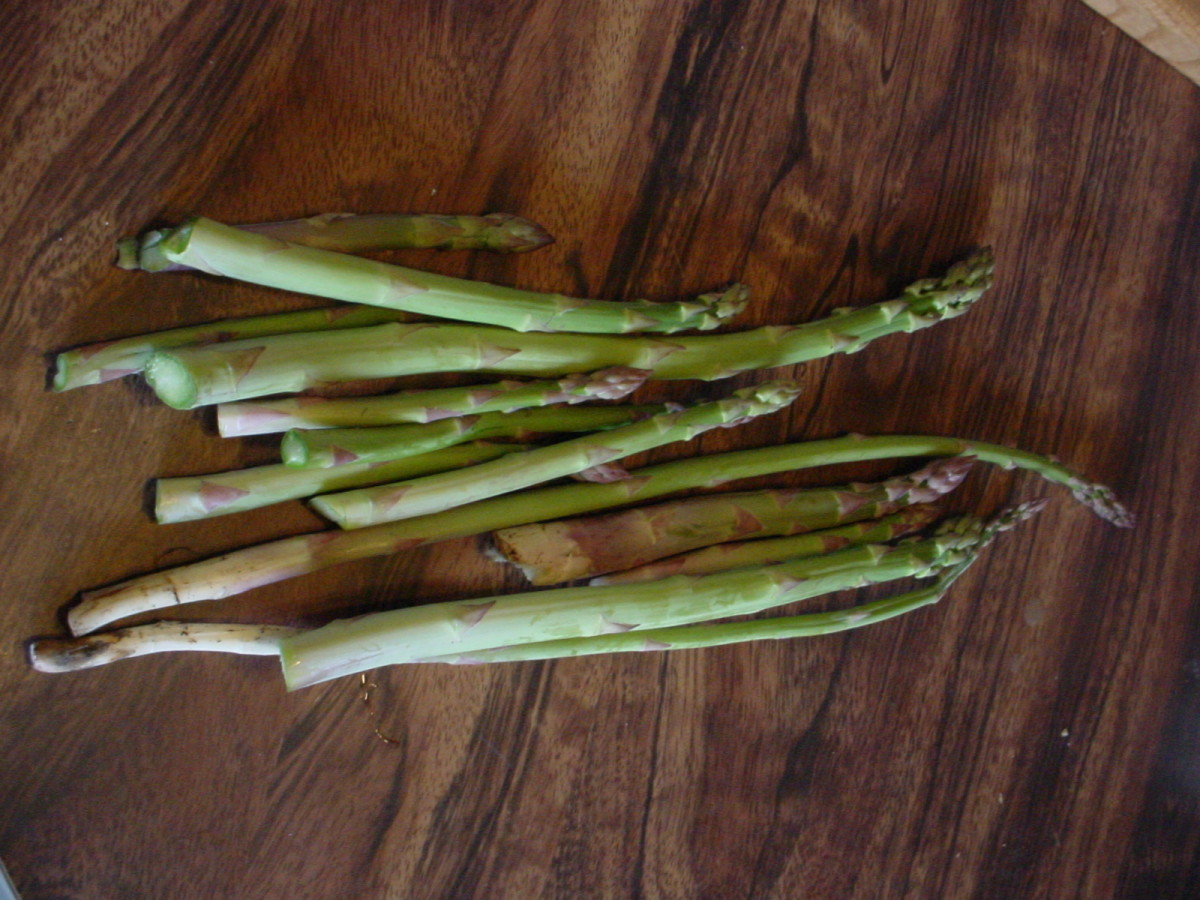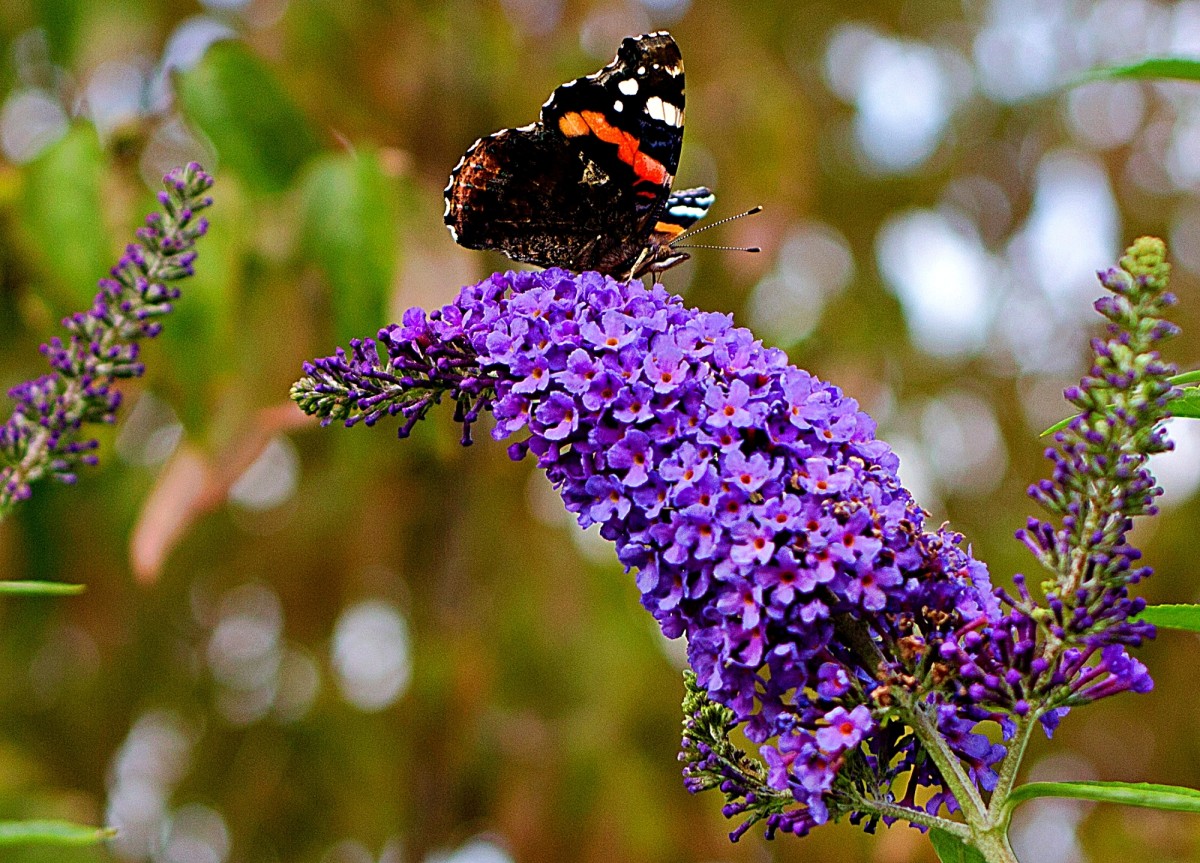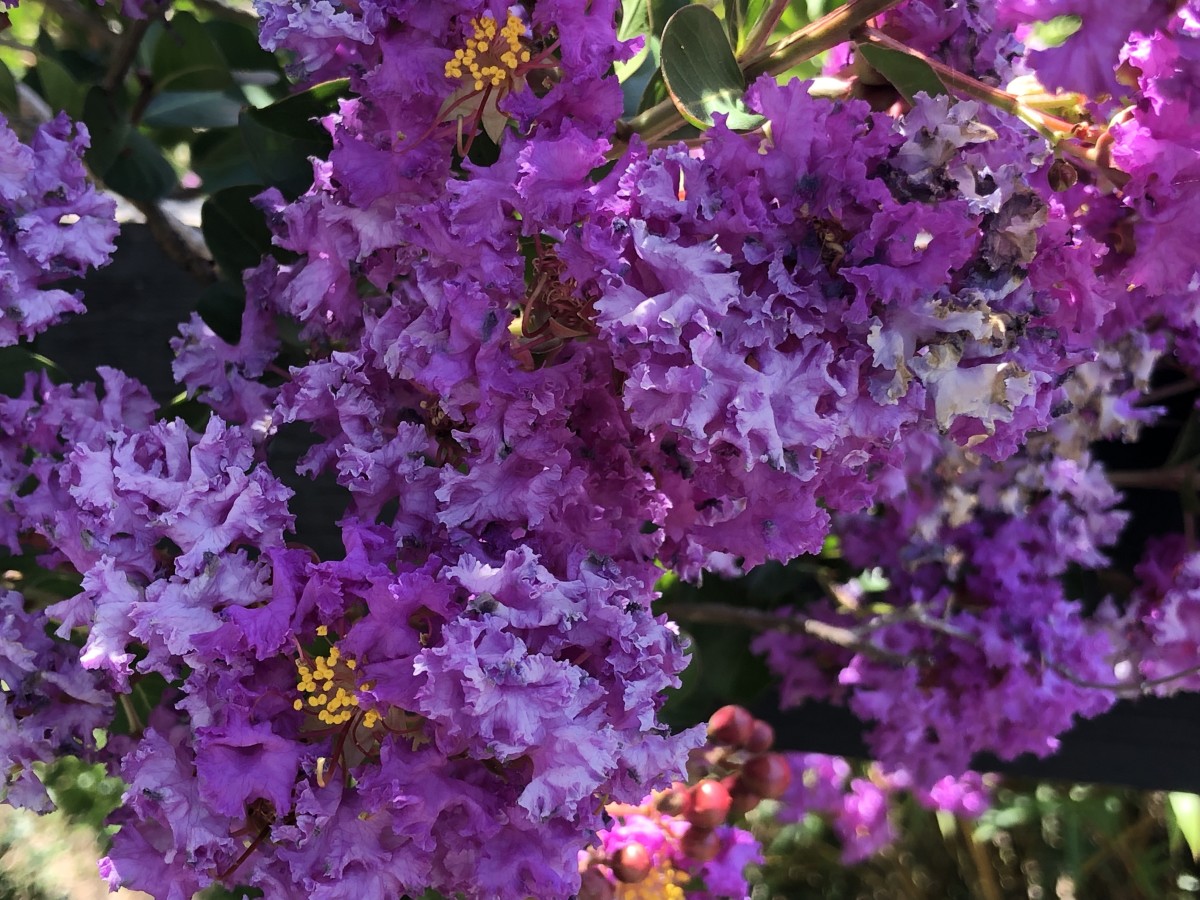"Witching" for Water
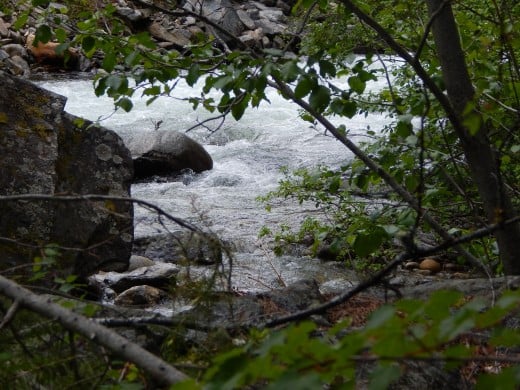
We all need water. We can't live without water. Our crops won't grow without water. It is necessary for survival. And water...is a commodity. You pay for water whether you live in the city or you pump it from a well. For those of us that live in areas of frequent drought, we understand this all too well.
We can survive for three minutes without air, three days without water, and three weeks without food.
Air
Water
Light
Food
In nature, all plants have a natural requirement for a certain amount of water. When you sit back and look at the landscape around you, absent of hoses, you will notice plants surviving on only what nature gives it.
If you go hiking near a creek, you can observe the many flora that grows both in and around the water source.
All plants have an origin, that origin was in a natural setting at one point, being provided for strictly by nature. Some plants require constant fresh water, others prefer stagnant water, some want next to no water, etc.
When the early settlers started crossing the great frontier, they were in unknown territory. Three days without water...of course they carried some water. Do you know how heavy water is? Water weighs approx 8.34lbs/gal. A person needs appox 1/2-1 gal of water per day or they begin to dehydrate. This depends on the individuals weight, size, gender, etc, but the point is the need for water. Those covered wagons were not carrying 50 gal barrels of water across the frontier.
And let's not forget horses...
This is why waterways up and down the entire country are full of towns and cities. The settlers followed the rivers. But what about those that crossed the prairies? Hundreds of miles of nothing... how did they find water?
Bodies of water
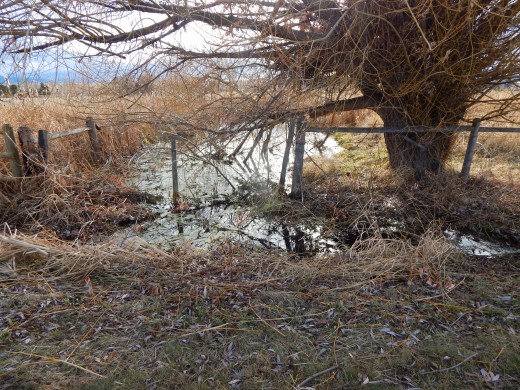
Plants indicating varying degrees of water levels
They not only followed trails from those before them, they read the plants. Different plants indicate different water levels. Water levels consistently change but not by too much. Water finds its own level.
Some people really did "witch" for water, and some people still practice the art, but for many, understanding the plants, told them where water was.
Take a hike to a body of water. Walk all the way up to the bank and observe the plants growing around you. They survive based upon the water around them. Feel the soil. Soil closer to the bank is moist, as you move away from the bank the soil is dryer.
There are many plants we can turn to when looking for water. Observing some of the easier to find ones will help you identify others as you explore for water.
Tansy. Grows within 8' of water. If you walk outside the boundries of sprinklers and look for tansy, you will find it near ditches, in fields and meadows, a lot of places. Dig 8' straight down, and there will be water.
Cattails. Grow in marshy areas. Where there are cattails, there is water! Tread lightly or you'll get wet.
Saltwort grows in or near salt marshes
Reeds & Marsh Grasses. Certain grasses grow in moister than usual conditions. They are found where water is at or very near the surface.
Chokecherries need consistent moisture, if you see a stand of chokecherries in the middle of nowhere, there is water.
Rabbitbrush grows where water is within 15'.
Elderberry needs consistent moisture. Where you find an elderberry, water is within 10'.
Black Greasewood indicates high mineral water within 10-40'
Mesquite indicates that water is within 10'-50'.
All plantlife has moisture requirements and can be used to gauge water levels to a certain degree. Knowing which plants require how much water is key to locating water. Fruit trees and bushes need a certain amount of water in order to fruit. The Native Americans that lived in the place we call Montana, had many berries, nuts, and fruit trees and shrubs growing up and down the front range. To this day I pick wild elderberries, gooseberries, currants, black walnuts, chokecherries, plums, sand cherries, buffalo berries, raspberries, blackberries, and serviceberries. Many of these fruits need a fair amount of water in order to fruit. The water comes from somewhere... having a rudimentary understanding of water tables and a plants water needs aids in finding water.
Different bodies of water support varying plantlife. As you observe these habitats you should notice the differing plantlife. Slow moving bodies of water may have some similar plantlife to faster moving bodies of water but will also have its own ecosystem.
Identifying what you have will help you build the habitat you want.
Tansy, cattails
Click thumbnail to view full-size


Birds & Insects found living near water
Click thumbnail to view full-size


Wildlife
Water is necessary for Supporting wildlife. Just as humans are attracted to water, so is nature. Birds, bees, insects, predators, deer, rodents, they all seek out water.
Watching the wildlife can point you to water. About the time I discovered the drippy spot, I discovered a frog. Frogs need consistent moisture. I also noticed dragonflies, which live primarily near water. These two observations led me to seek out the source of the water.
Where deer or elk will travel long distances to water, frogs and dragonflies do not. They don't have the mobility to travel miles for water. They live very near or in that source.
Quail are a good indicator of nearby water. They make their home along creeks, streams, ditches, and wherever else there is water and tall grasses to hide their nests in. Quail only acquire lift off in dire circumstances, so they don't fly to water like geese and ducks do.
Redwinged blackbirds live in marshes and are often seen perched on cattails. They make their homes near a water source.
Xeriscaping
Xeriscaping is landscaping and gardening that reduces or eliminates the need for supplemental water from irrigation. It is promoted in regions that do not have easily accessible, plentiful, or reliable supplies of fresh water, and is gaining acceptance in other areas as access to water becomes more limited. (Definition: wikipedia)
Knowing where the water beneath your feet is can be very beneficial to future gardening aspirations. Taking advantage of the landscape and the water beneath you can reduce stress, save time, and cut unnecessary watering regimes without forfeiting the good stuff.
Once you've observed your space and know where you have water and where you do not, you can use this knowledge to create a natural habitat. Adding water loving trees, bushes, or shrubs nearby will make this area more appealing to you and the wildlife it supports. And it will offer years of continued enjoyment.
Our little dirt ball is in constant motion, and so is our water. Not all our water is above ground, there are many pockets underground. Stop...look at those roses, then take a minute to really look at what's around you. I think you might start seeing water.
Happy scouting.
© 2017 Kim French

